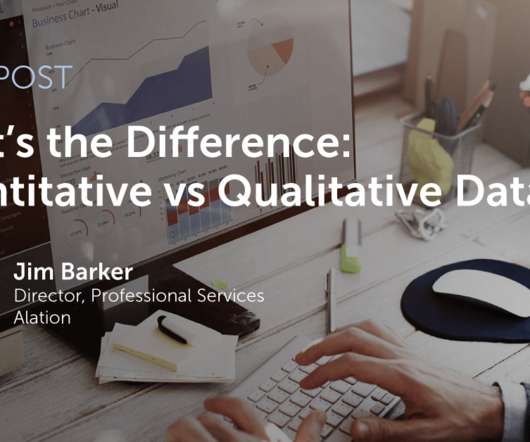An archetype-based approach to driving your global workforce transformation
CIO Business Intelligence
MARCH 11, 2024
And though modeling the composition of a to-be workforce is a necessary and smart first step, it represents only the tip of the iceberg. In other words, it’s unrealistic to redeploy a role as part of a different sourcing model and expect instant productivity gains. What skills will enable operations in the new model?

















Let's personalize your content